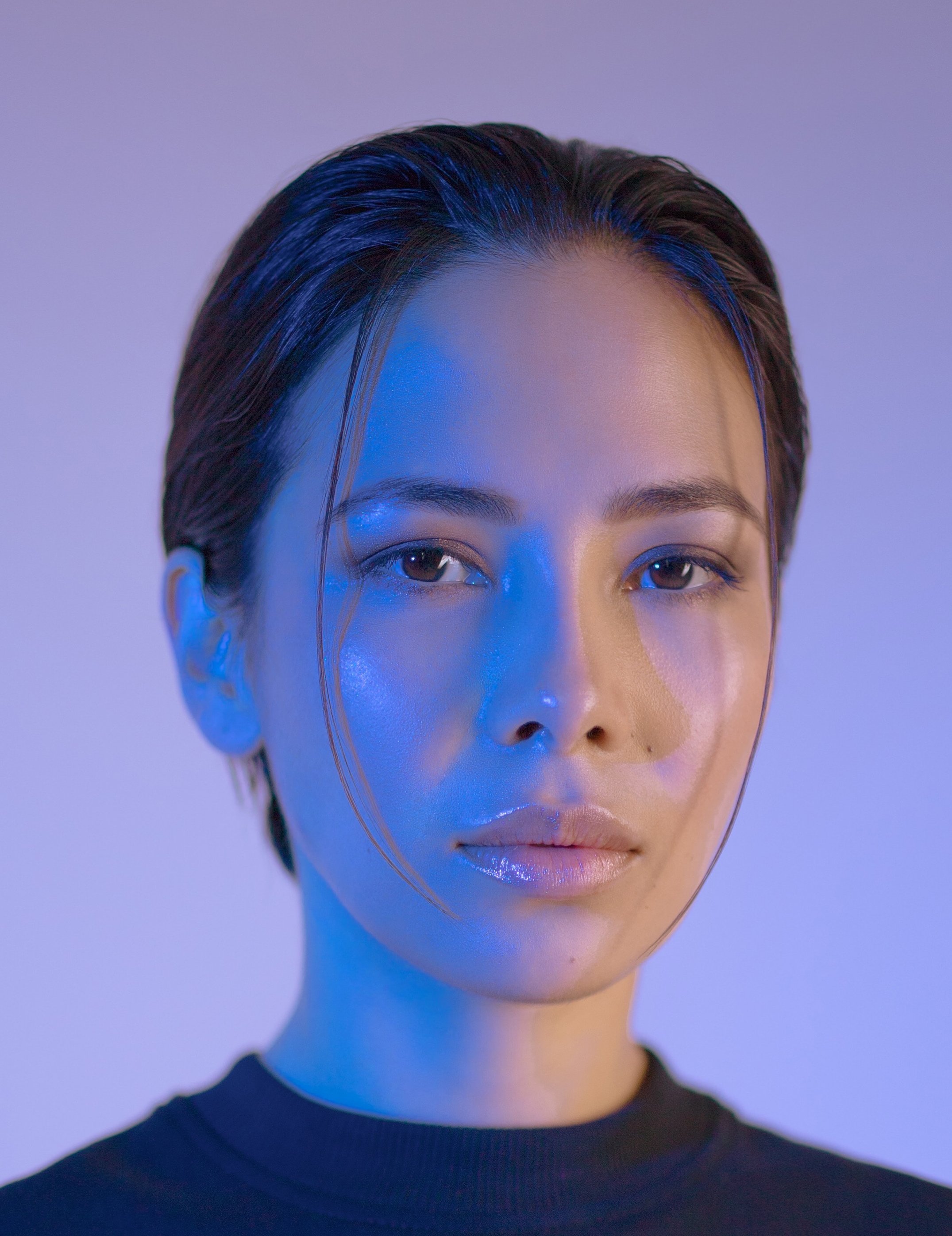
TREATMENT MENU
THREADS
Long-Lifting Threads
PDO Mono Threads
ABOUT AGELESS CLINICS
WE’VE BEEN ENHANCING SYDNEY’S MOST discerning CLIENTS FOR OVER A DECADE
We’ve been around for over a decade, steadfastly earning the trust of our valued clients. What makes us special is our unwavering commitment to providing customer service that goes above and beyond.
We’re all about creating one-of-a-kind experiences – not just with transformative treatments, but with genuine care and attention. In a fiercely competitive location, we owe our staying power to the support of our loyal clientele who continue to choose us as their preferred beauty destination.
LONG-LIFTING THREADS
Best for: addressing moderate to severe skin sagging, and repositioning facial contours
Long-lifting threads (sometimes referred to as a ‘thread lift’) provide a noticeable and immediate uplifting effect. These specialised threads, also called barbed threads or cog threads, are inserted beneath the skin's surface to address sagging tissues and achieve repositioning of facial contours. Their design, featuring barbs or cogs along the thread's length, allows for secure anchoring to deeper tissues, resulting in more significant lift than can be achieved with PDO threads. The primary purpose of long-lifting threads is to tackle moderate to severe skin sagging and volume loss, creating a more pronounced change in the treated areas.
PDO MONO THREADS
Best for: addressing mild to moderate skin sagging, fine lines, and wrinkles
Engineered to enhance the skin's texture and promote a more youthful appearance, PDO threads are fine threads made from an absorbable suture material called polydioxanone. These threads are strategically placed beneath the skin's surface to provide support and stimulate the production of collagen, leading to improved elasticity as well as a subtle lifting effect. The primary goal of PDO mono threads is to address sagging skin and wrinkles, particularly in areas like the face, neck, and jawline. The gradual collagen production initiated by these threads also results in a smoother, tighter, and more youthful complexion over time. The procedure is usually minimally uncomfortable, with minimal downtime.
FREQUENTLY ASKED QUESTIONS
We’re all about transparency and want to provide you with the information you need to make informed decisions about your aesthetic journey. If you have any additional questions or concerns, please reach out – our knowledgeable team is here to assist you every step of the way.
-
The level of pain experienced during a facial thread treatment varies from person to person based on individual pain tolerance, the specific areas being treated, and the type of threads used. We may be able to offer you a numbing medication to anesthetise the area beforehand, significantly reducing discomfort, so please ask on booking.
-
The longevity of PDO (polydioxanone) threads varies based on several factors, including the treatment area, the type of threads used, the thickness of the threads, and the technique employed. PDO Mono Threads are designed to be absorbed by the body over time, stimulating the production of collagen around the threads, which helps improve skin texture and provides a temporary lifting effect. The duration of results can differ, but will typically last around 6 to 12 months.
-
The recovery time for Long-Lifting threads, commonly known as thread lifting or long threadlifts, will vary based on the areas treated, the technique used and the type of threads used. Thread lifting is considered a minimally invasive procedure, and many clients resume their daily activities shortly afterwards. However, mild swelling and bruising are common after thread lifting, especially in sensitive areas like the face, but will usually subside within a week. It's advisable to avoid strenuous activities, heavy lifting and intense exercise for one to two weeks after the procedure. This will help minimise the risk of complications and allow the threads to settle. It's essential to follow post-procedure care instructions provided by your practitioner.







